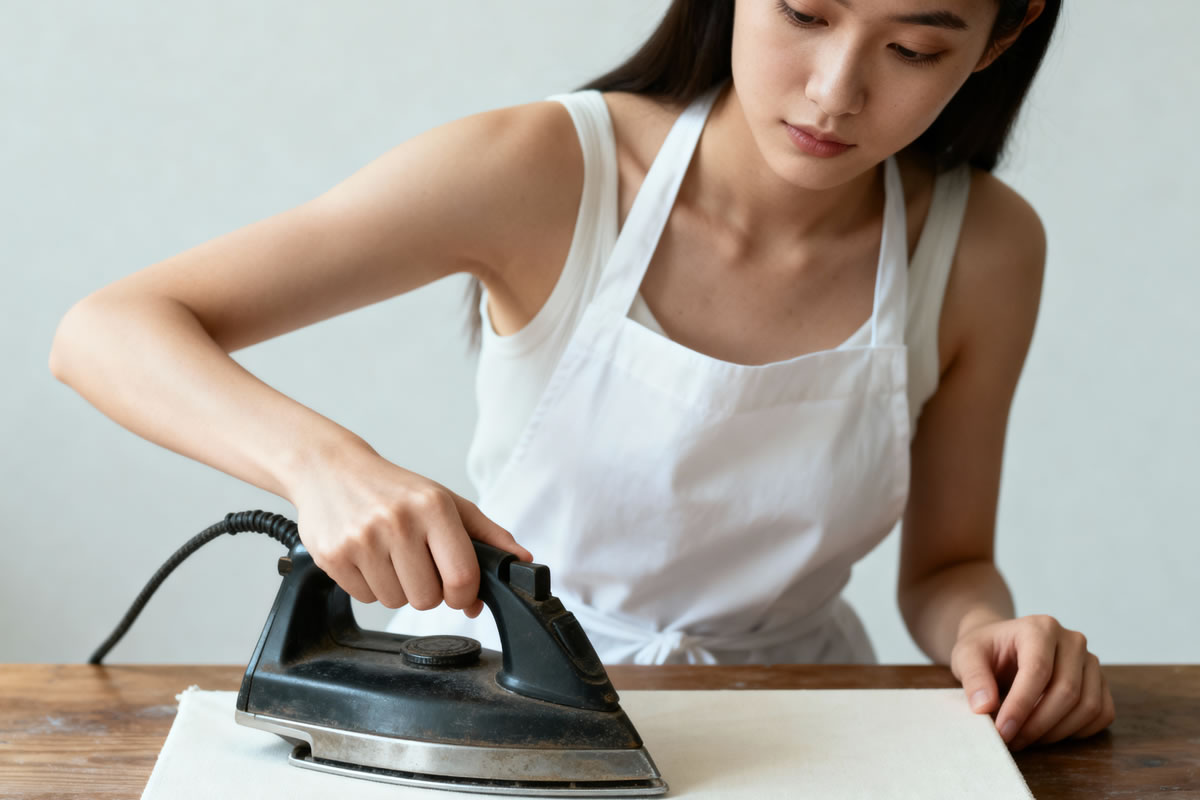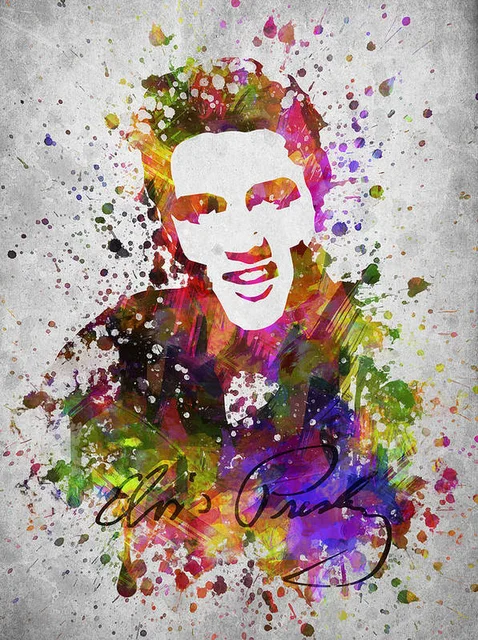
Paint by Numbers kits are an amazing way to relax, express creativity, and create stunning artwork — even if you’re not an experienced painter. But if you’ve ever unboxed a new canvas and found it full of folds or creases, you know how frustrating that can be. Wrinkles can make it hard to paint neatly within the lines, distort the printed image, and even cause uneven paint application.
The good news? You don’t need to panic or replace your canvas. With the right techniques and a bit of care, you can easily smooth out your Paint by Numbers canvas and have it looking perfectly flat and ready to paint.
In this post, we’ll go over the best methods to remove creases from a Paint by Numbers canvas—from ironing and stretching to simple preventive measures—so you can get a flawless start on your masterpiece.
1. Understand What Causes the Creases
Before you start, it helps to know why these wrinkles happen.
Paint by Numbers canvases are usually made from cotton or linen, printed with a numbered outline. During storage or shipping, these canvases are often folded or rolled, which can cause creases to form.
Humidity, pressure during packaging, or improper storage can deepen those creases over time. Fortunately, because these materials are flexible, you can usually smooth them out with heat, moisture, or stretching – without damaging the print.
2. The Ironing Method (Most Popular & Effective)
Ironing is one of the most effective and widely used methods to remove wrinkles from a Paint by Numbers canvas. But it’s important to do it carefully to avoid damaging the printed numbers or lines.
Here’s a step-by-step guide:
Step 1: Prepare Your Canvas
-
Lay your canvas flat on a clean, hard surface such as an ironing board or table.
-
Make sure it’s completely dry (never iron a canvas that’s already painted or damp from humidity).
-
Place the printed side face down — the back of the canvas should be facing you.
Step 2: Use a Protective Layer
-
Place a thin towel, cotton sheet, or parchment paper over the back of the canvas.
-
This layer protects the print from direct heat, which can blur or fade the numbers.
Step 3: Adjust Iron Settings
-
Set your iron to a low to medium heat (around the “cotton” setting without steam).
-
Avoid using the steam function—moisture can cause the paint lines to run or the fabric to warp.
Step 4: Iron Gently
-
Move the iron slowly and gently over the protective cloth.
-
Do not keep it in one spot for too long—keep it moving to avoid heat damage.
-
Check frequently by lifting the cloth to see if the creases are fading.
Step 5: Let It Cool Flat
-
Once the creases are gone, lay the canvas flat on a clean surface to cool completely.
-
Cooling helps set the fibres in place, keeping your canvas smooth.
✅ Pro Tip: If the creases are deep, you can lightly mist the back of the canvas with water from a spray bottle before ironing (but never soak it). The gentle moisture helps relax the fibres more effectively.
3. Using a Steamer
If you’re worried about using an iron, a handheld steamer is a great alternative. Steamers release moisture evenly and are less likely to scorch your canvas.
How to Do It:
-
Hang your canvas or lay it flat on a clean surface.
-
Hold the steamer about 6–8 inches away from the surface.
-
Move the steamer slowly back and forth, keeping it at a distance.
-
As the fabric softens, gently smooth it out with your hand (use a soft cloth to protect the surface).
-
Allow it to dry flat before painting.
✅ Bonus Tip: If you don’t have a steamer, you can hang the canvas in a steamy bathroom for 10–15 minutes (for example, while running a hot shower). Then, gently flatten it out while it’s still slightly warm.
4. Stretching the Canvas
Another professional method to get rid of wrinkles is to stretch the canvas. This not only removes creases but also gives your artwork a more professional, gallery-ready finish.
What You’ll Need:
-
A set of stretcher bars or a wooden frame
-
A staple gun or thumbtacks
-
A canvas plier (optional but helpful)
How to Stretch Your Canvas:
-
Place your canvas face down on a flat, clean surface.
-
Centre the stretcher bars or frame on the back.
-
Starting from the middle of each side, pull the canvas tight and staple it to the frame.
-
Work your way outward toward the corners, alternating sides to keep the tension even.
-
Once done, check the front – it should be taut and smooth with no visible creases.
This method not only removes wrinkles but also makes painting easier, as a stretched surface provides better tension and control over your brushstrokes.
5. Flattening with Books or Weight
If you don’t have an iron or steamer handy, you can still smooth out creases the old-fashioned way – with time and pressure.
How to Do It:
-
Lightly mist the back of your canvas with a bit of water using a spray bottle.
-
Lay it flat on a clean surface (printed side facing down).
-
Place a sheet of parchment paper or a towel on top.
-
Stack heavy, flat items on it — like books or a flat board.
-
Leave it for 24–48 hours.
Over time, the gentle pressure and moisture will help the canvas relax and flatten out.
6. Preventing Future Creases
Prevention is just as important as fixing wrinkles. Here are a few simple ways to keep your Paint by Numbers canvas crease-free:
-
Store it rolled, not folded: Rolling prevents sharp creases from forming.
-
Keep it dry: Avoid humid or damp areas that can warp the canvas.
-
Use a tube: If you need to store it long-term, place it in a cardboard or plastic art tube.
-
Frame it after painting: Once your masterpiece is complete, framing or sealing it will help preserve it in perfect condition.
7. What to Avoid
While removing creases is easy, there are a few common mistakes that can ruin your canvas if you’re not careful:
🚫 Don’t iron the printed side directly.
The heat can melt or blur the printed lines, making it hard to follow the numbers accurately.
🚫 Don’t use too much steam.
Too much moisture can cause the ink to run or the fibres to shrink unevenly.
🚫 Don’t iron a painted canvas.
If you’ve already started painting, heat can damage the paint or cause it to crack.
🚫 Don’t use hairdryers or direct sunlight for drying.
These can cause uneven tension and new wrinkles to form as the canvas tightens unevenly.
8. Final Touches Before Painting
Once your canvas is smooth and ready, you can go one step further for a perfect painting experience:
-
Tape the edges of your canvas with painter’s tape to keep them neat.
-
Mount or stretch it on a board for stability.
-
Prime lightly (optional): Some artists apply a thin coat of clear gesso for extra smoothness, but this is optional for Paint by Numbers kits.
When your canvas is flat, taut, and ready, your brush will glide smoothly, and your finished painting will look professional and polished.
Final Thoughts
Wrinkles on a Paint by Numbers canvas are common but completely fixable. Whether you choose to iron, steam, stretch, or flatten it with books, the key is patience and gentle handling.
Taking the time to smooth your canvas before painting can make a huge difference – not just in appearance, but also in how enjoyable the process feels. A flat, even surface lets you focus on what really matters: relaxing, painting, and creating a masterpiece you’ll be proud to display.
In short:
-
Iron carefully on the back with low heat.
-
Use steam or stretching if preferred.
-
Prevent wrinkles by rolling and storing properly.
With these tips, your Paint by Numbers canvas will be smooth, professional-looking, and ready for your creative touch.





